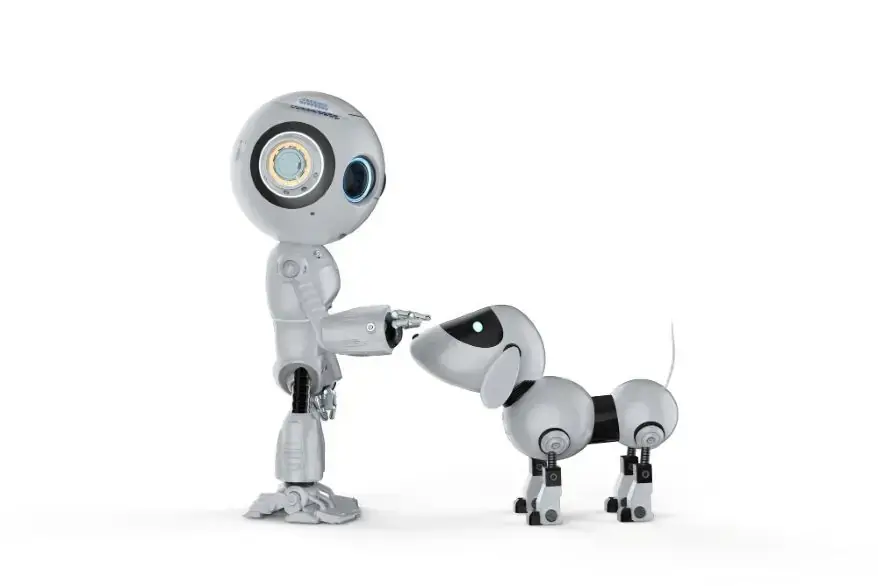Robotic Dogs: Pioneering AI for Real-World Solutions at ASU
Arizona State University (ASU) is at the forefront of robotics research. Developing AI-powered robotic dogs capable of performing incredibly complex tasks. These aren’t your average pets; these quadrupedal robots are equipped with advanced sensors and artificial intelligence. Thus, allowing them to navigate challenging environments, assist in search-and-rescue missions, and guide the visually impaired. This exciting development highlights the potential of robotics and AI to revolutionize various fields.
AI-Powered Canines: More Than Just Fetch
Search and Rescue Missions
One exciting project at ASU’s Laboratory for Learning Evaluation and Naturalization of Systems (LENS Lab) focuses on using robotic dogs for search and rescue. Graduate student Eren S. is using reinforcement learning to train a Unitree Go2 robot to maneuver through difficult terrain, such as disaster zones. The robot’s advanced sensors, including RGB-depth cameras and touch sensors, enable it to adapt to unpredictable conditions. This agile machine boasts advanced AI cameras, LiDAR (Light Detection and Ranging) for mapping, and a voice interface, allowing for complex interactions. In short, these robots are learning to jump, duck, and move strategically through rubble, surpassing the capabilities of typical drones.
Assisting the Visually Impaired
Meanwhile, undergraduate student Riana Chatterjee is developing an AI-powered system to allow the robotic dog to guide visually impaired individuals. This system uses a combination of deep learning technologies. Including the YOLO computer vision model and transformer-based monocular depth estimation, to help the robot understand and describe its surroundings. Consequently, the robot can communicate with the user, identifying obstacles and safe pathways—a breakthrough in assistive technology.
The Future of Robotics and AI
A Collaborative Effort
Professor Ransalu Senanayake, who leads the LENS Lab, emphasizes the collaborative nature of this research. The team’s innovative work demonstrates the potential of AI and robotics to address critical real-world challenges. Moreover, the contributions of both graduate and undergraduate students highlight the importance of hands-on experience in shaping the future of technology. The research is paving the way for robots to become more commonplace tools. Specifically, they’ll support search and rescue operations while enhancing accessibility for people with visual impairments.
Preparing for Tomorrow’s Tech Landscape
ASU’s School of Computing and Augmented Intelligence is committed to providing students with the skills needed to succeed in the rapidly evolving high-tech world. By incorporating project-driven learning, the school ensures that its graduates are equipped to tackle the challenges of tomorrow. This initiative highlights the importance of hands-on experience and emphasizes the potential of robotics and AI to address societal issues.
These advancements in robotics and AI represent a significant leap forward. The potential applications extend far beyond search and rescue and assistance for the visually impaired.
Additionally, to stay updated with the latest developments in STEM research, visit ENTECH Online. Basically, this is our digital magazine for science, technology, engineering, and mathematics. Furthermore, at ENTECH Online, you’ll find a wealth of information.






